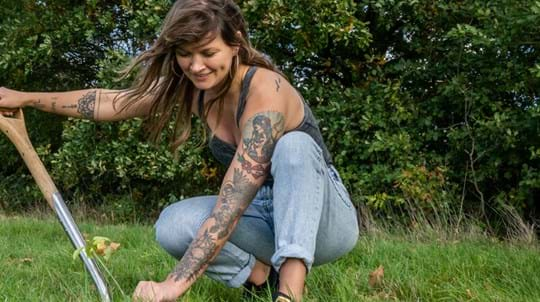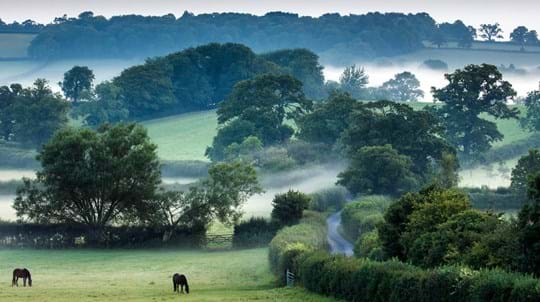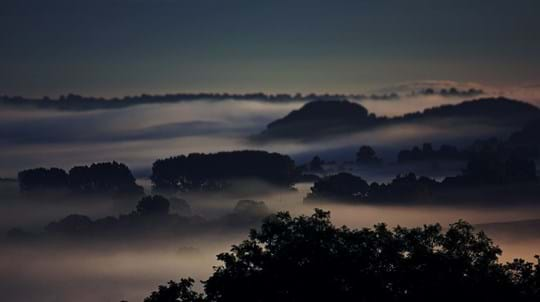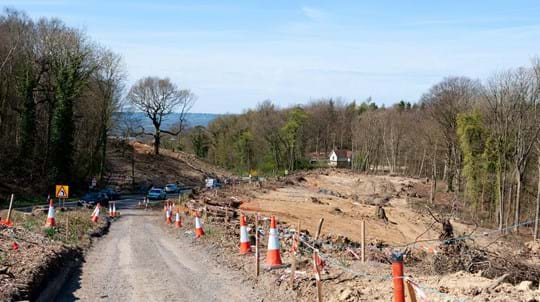
Spot the signs of the seasons
Have you seen your first butterfly or swallow of spring? Or your first ripening berry or autumn leaf tint? Let us know what's happening to animals and plants near you and help scientists track the effects of climate change on wildlife.
Join Nature's Calendar






